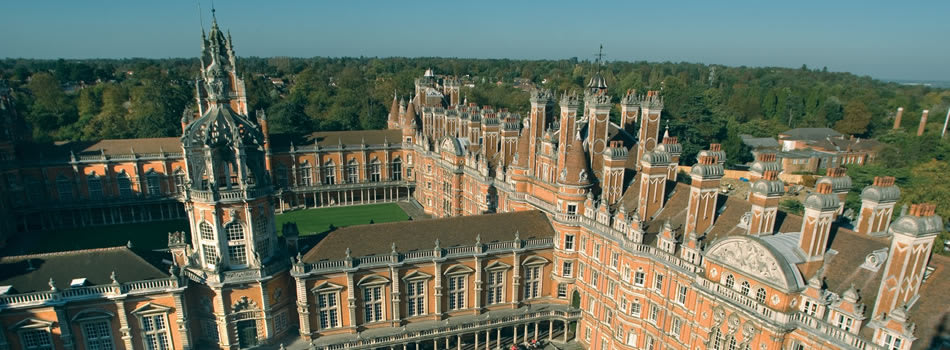Mitochondria transitioned from free-living bacteria to obligate symbionts of eukaryotic cells. In this process they gave up a good part of their genome (either lost or transferred to the nucleus of their host cell) and their reproductive independence, which is controlled by the nucleus. Why did this happen?
Little is known regarding this fundamental transition (see eg Lane 2015). What are the selective pressures on genes in the mitochondria and the nucleus? Is there an advantage to being in the mitochondria, where you will be passed on to all daughters, or is it better to be in the nucleus, where you have could be passed on to sons and daughters? We are interested in which scenarios favour the transfer of genes from bacteria engulfed by a cell to the nucleus, and the transfer of reproductive control to the host nucleus. We do this through studying models of the evolutionary dynamics of mitochondrial genes, and use this to quantify fitness based on the biology of the studied organisms (see eg Sheppard et al. 2021, Ubeda and Jansen 2017).
In this work we will take a gene eye-view on evolution, asking to what degree fitness is depends on the route of inheritance. We will apply this in the first place to compare mitochondrial and nuclear genes, but this question applies to a large number of biological systems such as the fitness of genes that reside on plasmids or in the nucleus, of pathogens that transmit horizontally or vertically, and of different reproductive strategies, such as iteroparity (having more than one reproductive cycles) and semelparity (having all offspring in one go). To answer these questions simulation studies and/or mathematical models will be made to infer the fitness of genes with different reproduction strategies. In a further stage it might be possible to test model predictions using data from model organisms. We, of course, welcome candidates with an interest in biology. We expect interested candidates to have an interest to work on questions relating to evolution and need to have some experience and affinity to modelling (e.g. an UG project involving modelling or programming, a math A level and EPQ etc). We are equally interested in candidates with a background in quantitative sciences, such as mathematics, physics, or computer science, but expect an interest in and affinity to evolution and biology.
For further information and to apply follow link to https://www.royalholloway.ac.uk/studying-here/applying/postgraduate/how-to-apply/

 Continue with Facebook
Continue with Facebook





